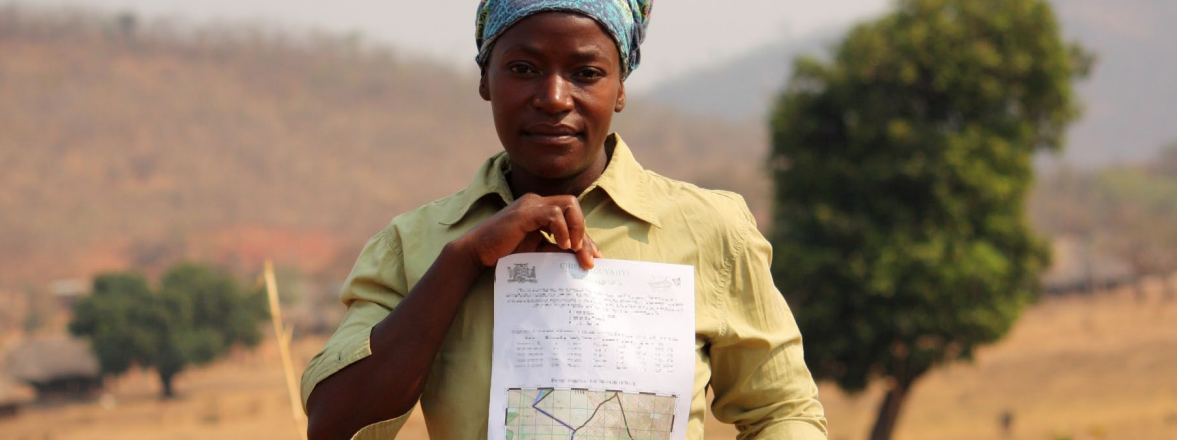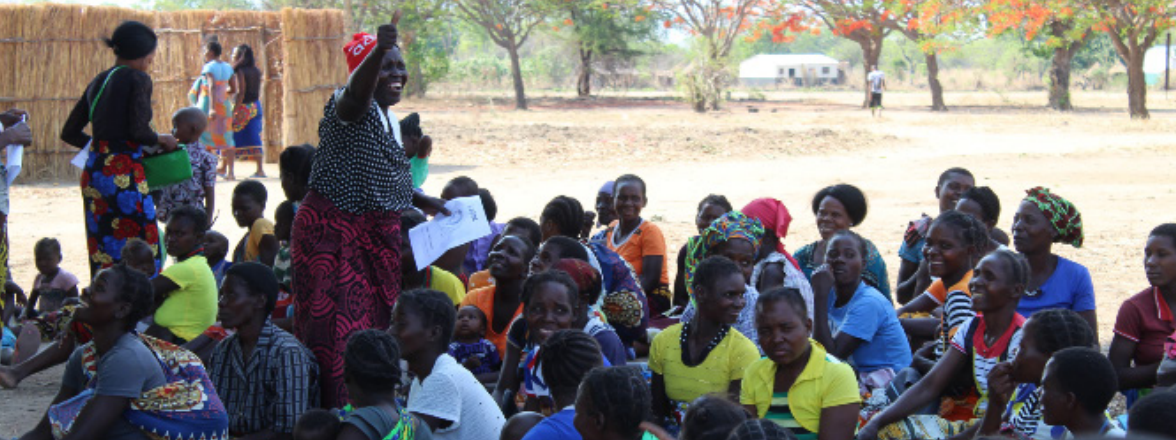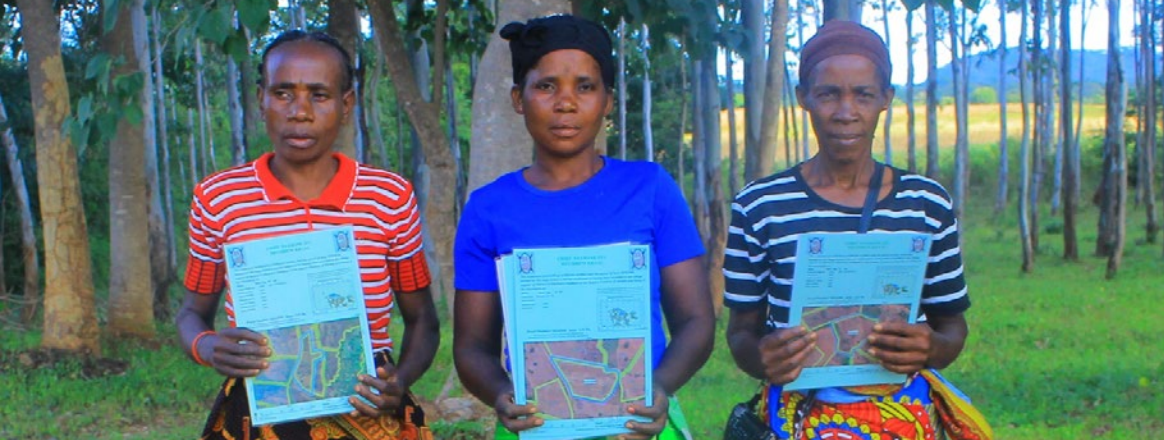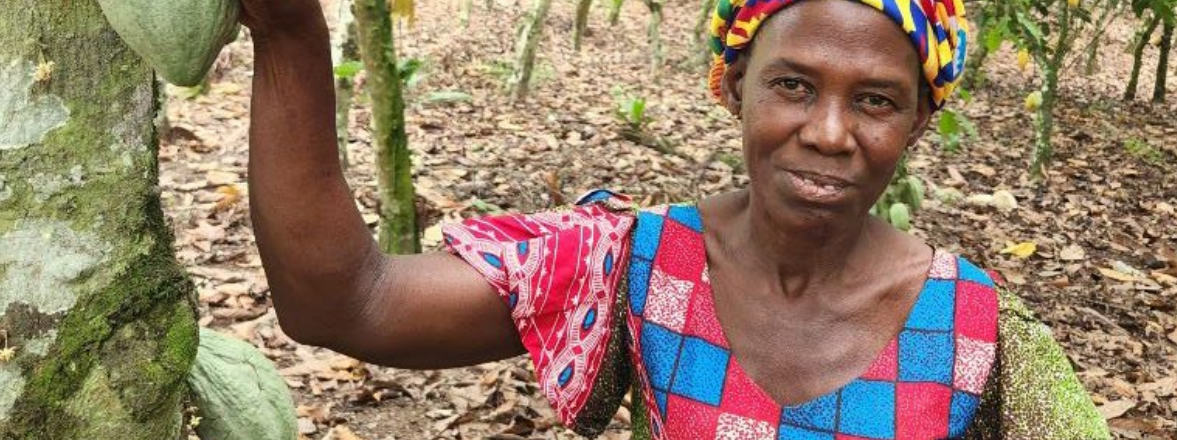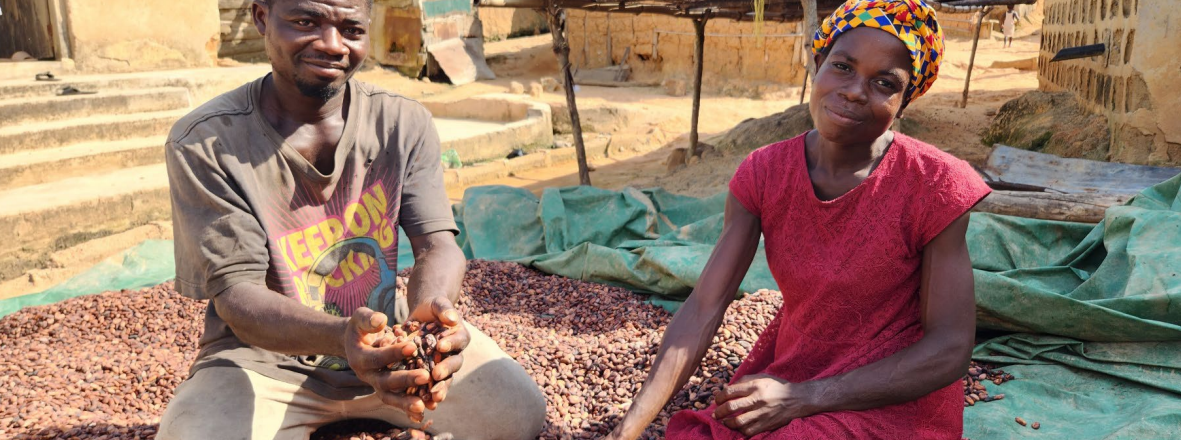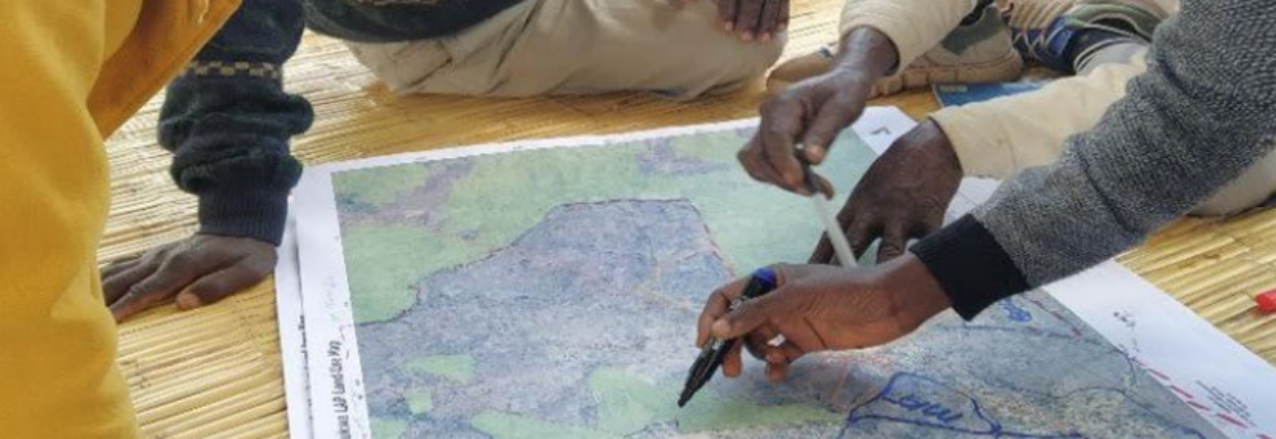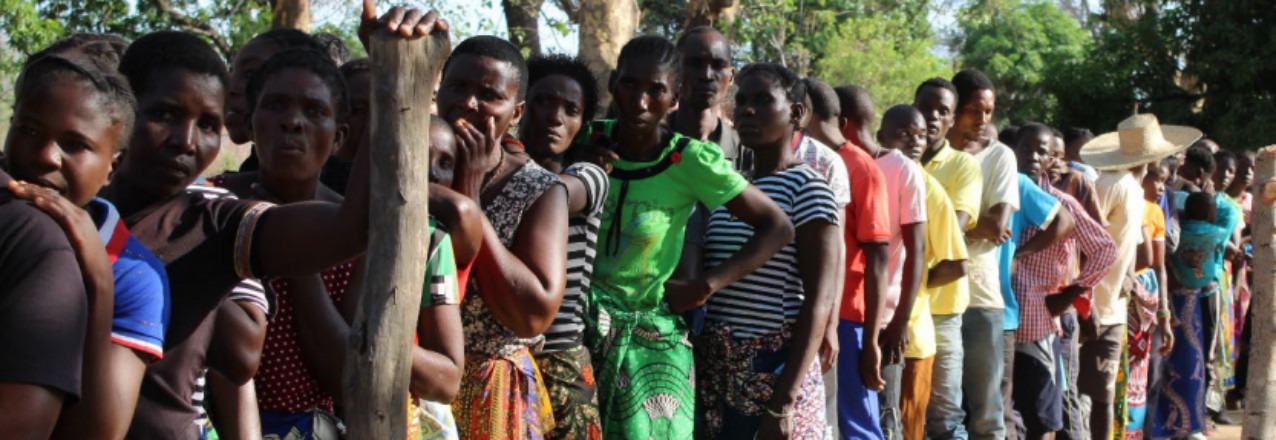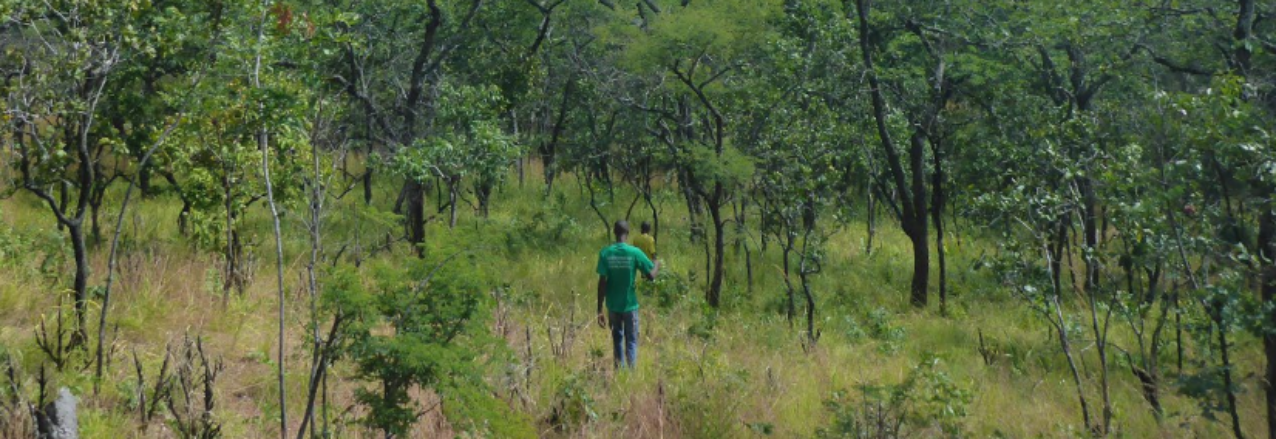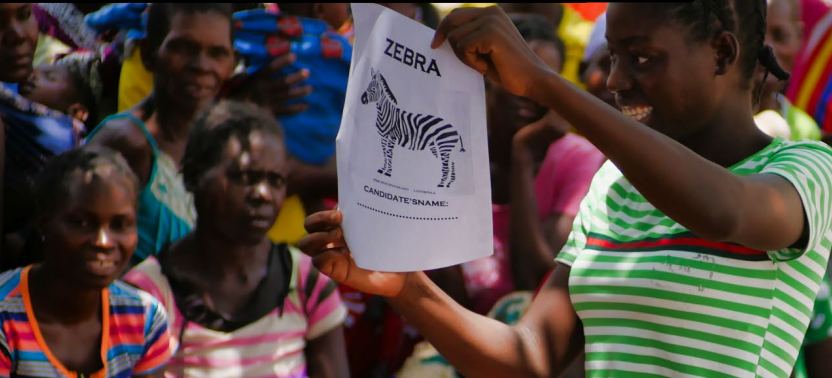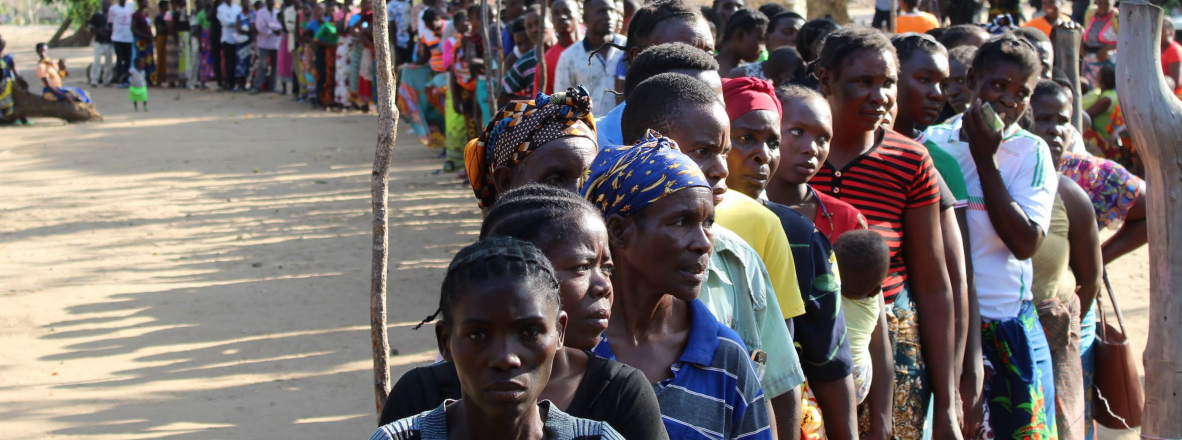Background
Historically, land in Zambia has been perceived as abundant and widely available. However, changing demographics, a growing middle class and increased allocation of land for investment opportunities are resulting pockets of land scarcity, land conflict, and increased pressure on other natural resources. These dynamics are compounded by a lack of documentation, transparency, and a robust administration in both state and customary land systems. Revenue from opening land for development, and subsequent collection of land premium fees and development charges, remains one of the largest contributors to most district own source revenue.
The United States Agency for International Development (USAID) Integrated Land and Resource Governance (ILRG) programme seeks to build the capacity of local organizations, district and national government, traditional leaders, and communities to sustainably administer land in and inclusive manner. The USAID Local Impact Governance Project (Local Impact) seeks to improve institutional capacities of Local Authorities in Central and Muchinga provinces to forge strategies to enhance service delivery and generate local revenue. Together, the two projects collaborated to support Local Authorities on gender responsive land administration.
Inclusive land administration entails equitable land access and ownership for all citizens, including women, youths, and other disadvantaged groups and fosters socio-economic development at the district level. Generally, land administration in Zambia is not equitably shared and often does not take into consideration the rights of women, youths and other marginalised groups to land ownership (National Land Policy, 2021). Yet global evidence shows that when women have access to land, countries experience short term gains in agricultural productivity and long term social economic gains that can significantly contribute to poverty reduction and economic growth (FAO, 2020).
Despite supportive land and resource tenure laws and policies (Statutory Instruments, Acts, policies), Local Authorities do not have well documented standards for implementing inclusive land administration. Existing laws and policies are usually subjectively interpreted, allowing for inconsistencies in information management and decision making. The Land Administrative Circular No. 1 of 1985 that deals with land administration on state land covers only a small part of what is required in terms of regulations (Adams, 2003) and does not cover customary land. The absence of prescribed regulations hands a large amount of discretionary power to Councils and the Commissioner for Lands, while the public remains deprived of equitable services and access to local resources.
Some of the weaknesses in land administration at the local level might be solved by tackling administrative bottlenecks such as implementing a comprehensive up-to-date simplified land code embodying the principal land laws, standards of practice, prescribed forms, and details of relevant contact offices. This Practice Note addresses part of the need to provide a set of practical tools for inclusive standard land administration practices that are also gender responsive. They can serve as a resource to help Local Authorities in the country implement inclusive and effective land allocation and enhance service delivery.


